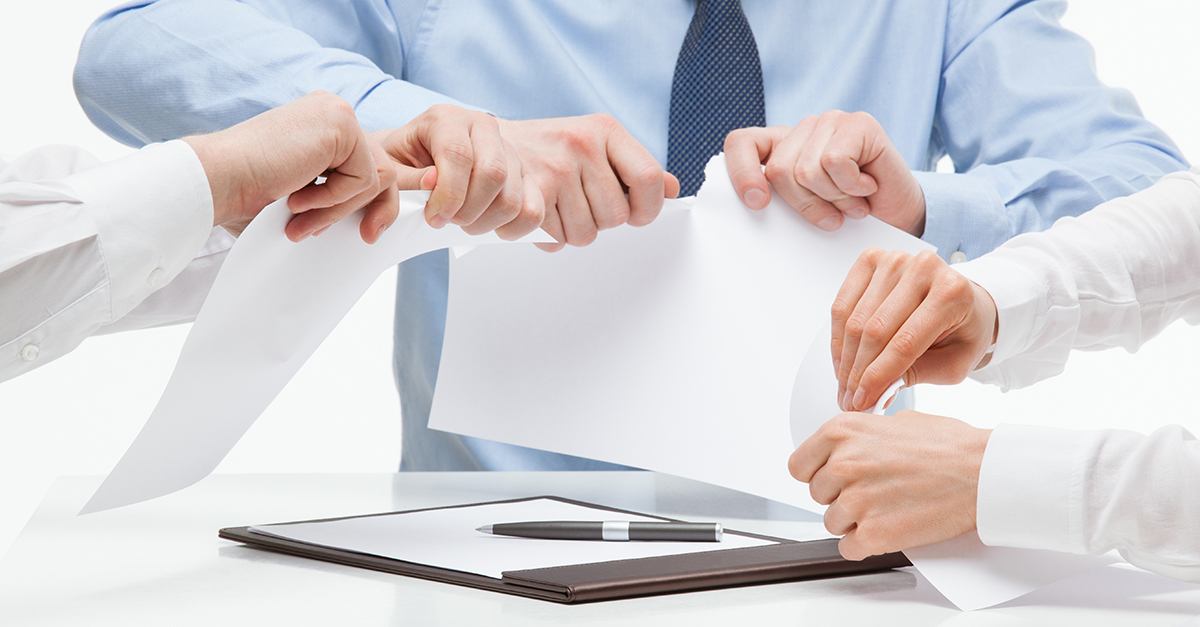Cancellation of debts through the Second Chance Law
.

The Second Chance Law establishes an administrative process aimed at the cancellation of debts by Law, that is to say, it is a tool at the service of individuals and self-employed individuals that allows them to overcome their insolvency situation and lighten their financial burden, managing to leave behind a complicated economic situation.
This Law establishes different tools available to the debtor, and through which it must pass before reaching the cancellation of debts or exoneration of unsatisfied liabilities.
To begin with, the debtor must try to reach an out-of-court payment agreement, through the negotiation of new conditions with its creditors. For this purpose, the debtor must request the appointment of a bankruptcy mediator, who will be the person in charge of checking the data and documentation provided by the debtor, as well as the amount of the credits and the list of creditors. He will also send the proposed agreement to the creditors prior to the convening of a meeting. At such meeting the debtor and the creditors will be summoned in order to reach a new payment agreement that is in line with the debtor’s financial possibilities.
In the event that the out-of-court payment agreement is not approved due to lack of understanding between the debtor and the creditors, or due to non-compliance by the debtor, a consecutive insolvency proceeding will have to be requested. Such insolvency proceedings may be requested by the insolvency mediator, the debtor or the creditors.
You may be interested in:”Asesoria-legal-frente-al-covid-19”
Once the consecutive bankruptcy has concluded due to liquidation or insufficiency of the active mass, the debtor individual may obtain the benefit of the exoneration of the unsatisfied liabilities. That is to say, the cancellation of the remaining debts that he/she has not been able to satisfy in the insolvency proceedings and for which he/she is still liable.
The debtor will have to request before the insolvency judge the benefit of the exoneration of the unsatisfied liabilities. The request will only be admitted if the debtor is a bona fide debtor. It will be understood that we are dealing with a debtor in good faith as long as he/she meets a series of requirements, which we already discussed in our previous publication “Requirements to access the Second Chance Law“.
Once the application is admitted, it will be transferred to the bankruptcy administration, as well as to the creditors so that they can make the arguments they consider appropriate regarding the granting of the debt exoneration.
At this point there are two options:
- That the bankruptcy administration and the creditors do not oppose or show their conformity with the request made by the debtor. In this case the Judge of the insolvency proceeding will provisionally grant the benefit of the exoneration of debts in the resolution declaring the conclusion of the insolvency proceeding.
- That the insolvency administration or the creditors oppose the request. Such opposition may only be based on the non-compliance of the necessary requirements for the debtor to be considered a bona fide debtor, in addition the processing of the same will be carried out by means of the bankruptcy incident. This means that the Judge of the insolvency proceeding will not be able to issue the order of conclusion of the same until the aforementioned incident is resolved in which the benefit requested by the debtor is recognized or denied.
You may be interested in:”Legal alternatives before a possible insolvency”






